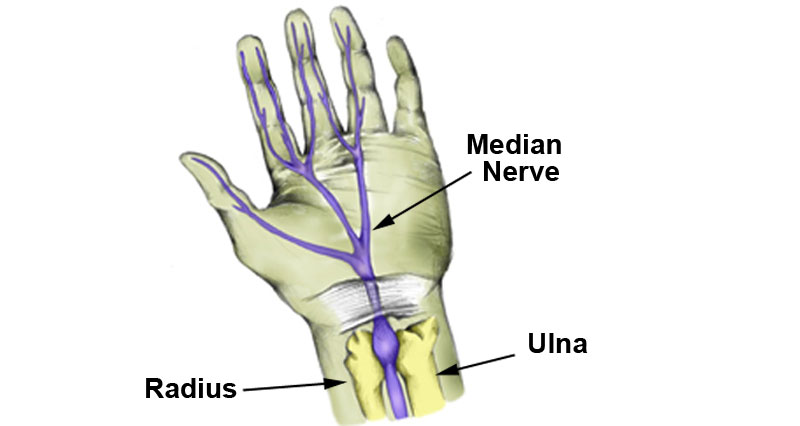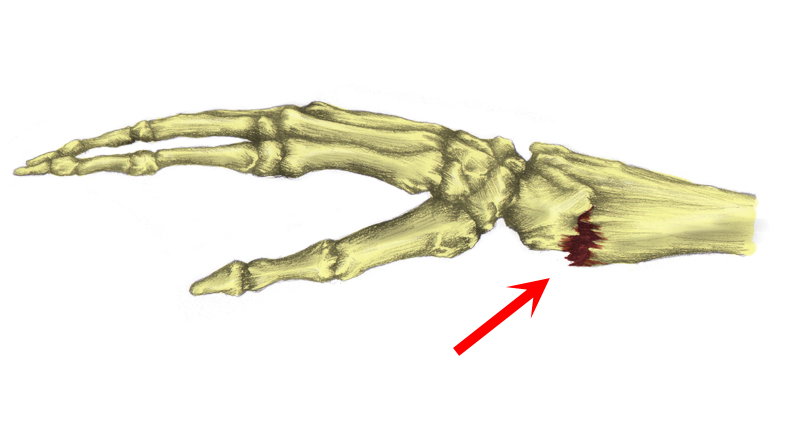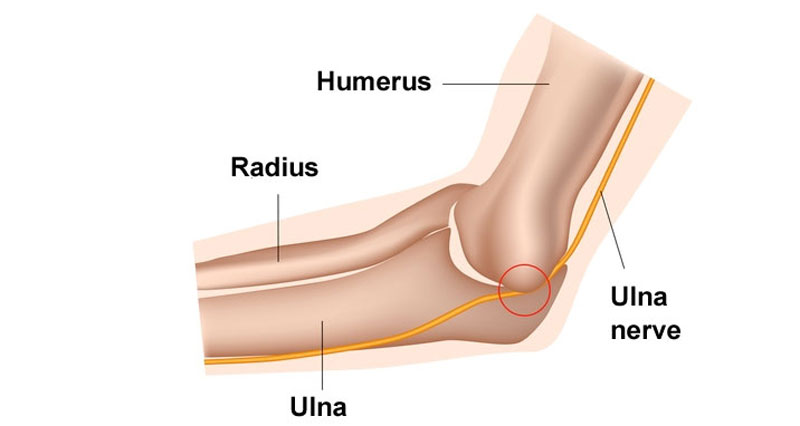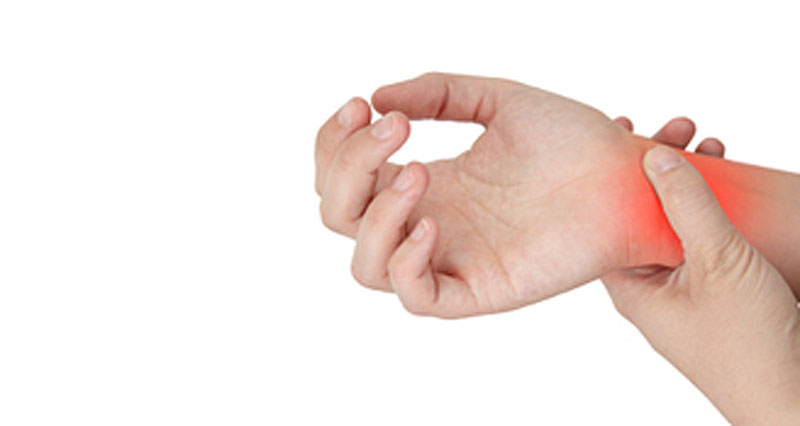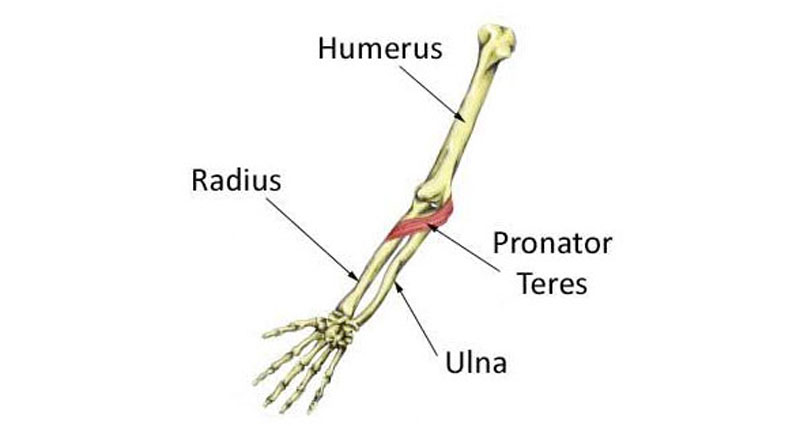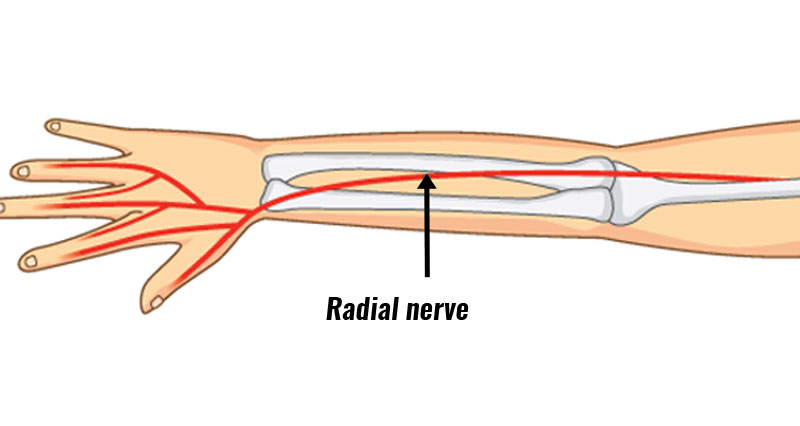Bowler’s Thumb is an overuse injury resulting from compression or repeated friction on the inside of the thumb which causes pressure on the Ulnar nerve. As the name indicates, bowling is the main cause of this injury and causes the area to feel numb and weak.
Bowler’s Thumb symptoms
- Bowler’s thumb symptoms include numbness and tingling at the end of the thumb.
- There may be a pain in the inner thumb and the web between the thumb and index finger.
- The athlete will likely experience weakness in pinching things and activities which involve the thumb.
- In some cases, a tender nodule may be felt in the thumb.
Causes of Bowler’s Thumb
Bowler’s thumb gets its name from its frequency in the sport of ten-pin bowling. It is caused by compression of the ulnar nerve on the inside of the thumb. This is often due to a tight-fitting thumb hole in the bowling ball. It is also more common when the player is trying to put a lot of spin on the ball.
In long-term cases, the repeated compression or friction can result in adhesions or fibrous tissue around the nerve which can cause problems even when the individual is not bowling.
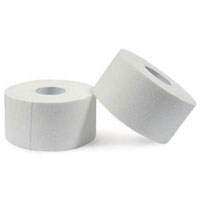
Zinc Ocide Sports Tape
Treatment
- Rest from bowling.
- Correct any causative factors such as a thumb hole which is too small.
- Use a thumb guard or splint to protect the thumb.
- Or protect your thumb with zinc oxide sports tape.
- Alter the grip or round the edge of the thumb hole on the ball. If conservative measures such as these do not work then surgery may be required.
- Surgery may involve adjusting the course of the nerve so that it doesn’t get compressed.


